Health workers are the front line in our defense against the coronavirus pandemic – including hundreds of Iranian Baha’i doctors and nurses. But they are not in Iran; instead, they live in countries around the world, treating their patients, where they are admired and praised by the people and governments of the countries where they live. The one country where they cannot do their work is Iran.
Many of these doctors and nurses – who studied and served in Iran – lost their jobs after the 1979 Islamic Revolution. They were expelled from the universities and their public sector jobs, barred from practicing medicine, jailed and tortured, and a considerable number of them perished on the gallows or in front of firing squads.
The crime of these Baha’i doctors, nurses and other health workers was their faith in a religion that the rulers of the Islamic Republic believe is a “deviant” faith.
In a series of articles, called “For the Love of Their Country,” IranWire tells the stories of some of these Iranian Baha’i doctors and nurses. In this segment we travel back to 19th century and early 20th century to meet a Baha’i doctor by the name of Ataollah Bakhshayesh.
If you know a Baha’i health worker and have a first-hand story of his or her life, let IranWire know.
***
In 1892, Iran was hit with one of the worst outbreaks of cholera in its recorded history. From early August to mid-September of that year, every day more than a thousand people in Tehran were either infected with this virus or succumbed to it and died. Medical facilities in Iran were scarce at the time and many people fled Tehran in terror. The need for doctors in the nation’s capital was acute – but many of them took their families and also joined the rush to escape the capital.
In those horrible days, however, there were a handful of doctors whose altruism overcame their fear of death and, every day, from early dawn to past midnight, they attended the bedsides of patients and cared for them. One of these physicians was a young doctor, Dr. Ataollah Bakhshayesh, in his early 30s. Every morning he would don his grey suit and set out for the hospital.
The cholera outbreak descended on Tehran less than five years after the graduation of Dr. Bakhshayesh from Dar ul-Funun, the first modern university in Iran, established in 1851. He stayed in Tehran and after the epidemic had passed, in appreciation of his service and his dedication, the government bestowed on him the honorary rank of brigadier-general and an annual stipend of 100 tomans, a significant sum at the time.
Childhood and Education
Ataollah Bakhshayesh was born in Tehran on November 28, 1859, to Baha’i parents. Ataollah was just three years old when he lost his father; shortly afterwards, he also lost a sister and a brother when they were still children. His childhood was spent in poverty but his mother, Ms. Maryam, sent him to a traditional elementary school where he shined among the other students.
Ataollah was ten years old when his only surviving sister married Agha Mohammad Fazel Ghaeeni, a well-known Baha’i. Ghaeeni was a Shia clergymen before he converted to the Baha’i faith, resulting in an official backlash. Three days after their marriage, Mohammad Taghibeyk, head of the stewards in the court of 19th century Qajar king Naser al-Din Shah, and a number of his underlings, raided the Ghaeeni home to arrest him; since they could not find him, they took his wife, his mother-in-law and the 10-year-old Ataollah as hostages, and put them under house arrest at the home of Isa Khan, governor of Tehran. Their house arrest lasted for four months.
In 1894, Ataollah was accepted by Dar ul-Funun and graduated with distinction after six years. He passed his final exams so successfully that the school honored him with a bronze medal and an annual stipend of 12 tomans. He was also put in charge of tutoring students who were studying French language.
While Ataollah was studying at Dar ul-Funun, Ali Gholi Khan Mokhber al-Doleh was appointed as the Minister of Education and president of the university. He brought in a German physician by the name of Dr. Albo to teach. Dr. Albo had published many research papers in Germany and was a specialist in pulmonary diseases. Ataollah was one of his students.
Medical Practice
After graduating from Dar ul-Funun, Dr. Bakhshayesh opened his first clinic in Tehran and sometimes was sent by the government to nearby towns and villages to treat patients.
In the spring of 1896, Dr. Bakhshayesh was sent to Yazd by the government at the request of Jalal al-Doleh, governor of the province, and against his own wishes. Jalal al-Doleh was a tyrant who punished even the smallest disobedience with death. Dr. Bakhshayesh spent 15 months in Yazd treating patients but during the whole time he lived in terror of the violent and ruthless governor. What is more, before he left Yazd, he had lost both his wife and his child who was only two and a half months old.
Along with practicing medicine, Dr. Bakhshayesh also engaged in educational activities. The Tarbyat School was one of the most modern schools for boys in Iran that was founded and run by the Baha’is. In 1905, Dr. Mohammad Monajem resigned as the principal of the school and the Baha’i community appointed Dr. Bakhshayesh as his successor. At the same time, the Baha’i community also gave him the task of founding a school for girls.
After much effort, he succeeded in getting a permit from the Ministry of Education and, with the help of other Baha’is, rented a place near Tarbyat School to open the Tarbyat School for Girls for 200 pupils.
Sehat Hospital
In the years 1908 and 1909, Dr. Bakhshayesh and two other Baha’i doctors, Arastoo Khan Hakim and Mohammad Khan Monajem, both also graduates of Dar ul-Funun, decided to set up a hospital in Tehran. The funding for this project was provided by these three, contributions from other Baha’is, help from the Tehran Baha’i administrative council, and by selling shares in the hospital, which was an innovation at the time.
At first, they rented a building at Laleh Zar Street for two years and then rebuilt it and furnished it with modern medical equipment. In early summer of 1909 the doors of Sehat Hospital were opened to the public. It was the first hospital built by Baha’is in Iran.
The hospital started with 10 beds but later the number of beds was increased to 15. Patients were treated for free and only those who could afford to paid something towards the expenses and the upkeep of the hospital.
The charter of Sehat Hospital was based on a letter by Abdu'l-Baha, head of the Baha’i faith at the time, that he had sent the founders of the hospital shortly after it opened. The charter’s main articles were as follows:
- Serve people of all races, religions and nationalities
- Respect for the dignity of patients
- Give priority to the needy and those who are deprived of medical care due to poverty
- Help doctors in Tehran and nearby areas to solve problems related to medial diagnosis
- Use the best medical facilities available and consulting western doctors to ask for guidance
Few patients came to the hospital at first. Religious prejudice made many Muslims believe that this hospital was “unclean” because it was run by the Baha’is, so they stayed away, and non-Baha’i doctors did not hospitalize their patients there because they were afraid that they would be branded as Baha’is. But, with the passing of time and the success of Sehat Hospital in treating patients, the public and doctors changed their opinion and the number of people who went to the hospital increased.
Its reputation rose even further when a number of American doctors and nurses, as well as Dr. Yunes Afrukhteh, a distinguished graduate of the American University of Beirut and a general surgeon, joined the hospital’s medical staff.
In those years Iranian women did not have adequate access to medical care and there was no woman physician in the country. This situation was aggravated by the fact that traditional Islamic religious beliefs prevented male doctors from examining female patients.
Sehat Hospital was the first hospital in Iran that opened a woman’s ward. The hospital’s founder asked the American Baha’i community to send a female doctor to Iran to work with them. Dr. Susan I. Moody, the doctor, responded to this invitation and arrived in Iran on November 26, 1909. She immediately started treating woman at Sehat. The procedure was that the patient was first examined by Dr. Moody and, if she found it necessary, was hospitalized in Sehat’s women’s ward.
A year later, Dr. Sarah Clock, an American gynecologist, joined the medical staff of the hospital and, a year after that, Elizabeth H. Stewart, a trained American nurse, also joined the hospital at the invitation of Dr. Moody. Stewart was the first trained nurse who worked at an Iranian hospital.
After World War I, the Spanish flu reached Tehran and many doctors left the city out of fear, but the doctors at Sehat Hospital remained at their posts and treated the victims. This, again, increased the prestige of Sehat and the number of people who visited the hospital rose day by day.
Sehat Hospital closed its doors in 1924. The reasons are not clear but it can be partly attributed to the 1919 death of Dr. Mohammad Monajem, one of its founders, and also the death of Dr. Sarah Clock in 1921 and the departure of Dr. Afrukhteh who left for the United States.
Around that time, the assassination of a member of the American consulate in Tehran at the incitement of Islamic clerics also forced Dr. Moody and Elizabeth Stewart to leave Iran.
In those years, Dr. Ataollah Bakhshayesh not only had his private practice but also managed Tehran municipality’s health department, continuing his work after Sehat Hospital closed its doors. Doctors who worked with this department were responsible for supervising medical centers in the Iranian capital and the general health situation in Tehran.
When Reza Shah Pahlavi took over the monarchy in 1925, the organization of government offices, including health departments, changed; afterwards Dr. Bakhshayesh worked for a while as the director of a new hospital by the name of Tehran Municipality Hospital.
In 1929, Dr. Bakhshayesh left medicine after 43 years of service to his country. His eyesight had deteriorated and he was 70 years old. He died on August 14, 1944, at the age of 85, and was buried at Tehran’s Baha’i cemetery. After the 1979 Islamic Revolution, the cemetery was destroyed, the gravestones were broken and its ground was flattened.
Read other articles in this series:
The Baha’i Doctor Murdered by Muslim Vigilantes in 1950
The Baha'i Doctor Tortured and Killed after Eradicating Malaria in Hamedan
The Doctor With the Unforgettable Smile
A Devoted Pediatrics Pioneer Working in Dangerous Times
The Doctor Who Treated his Prison Guards
From Poverty to Medicine to Execution for Being a Baha'i
visit the accountability section
In this section of Iran Wire, you can contact the officials and launch your campaign for various problems












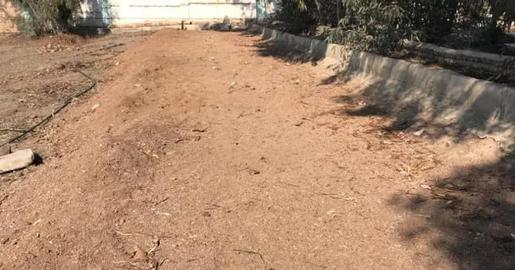
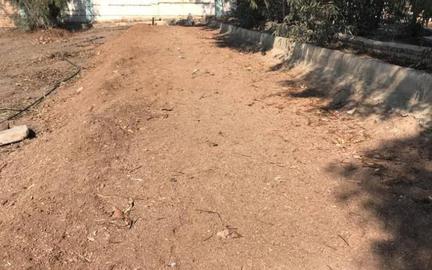

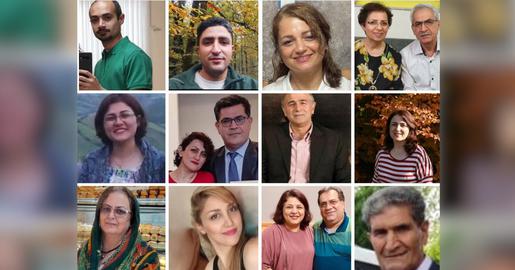
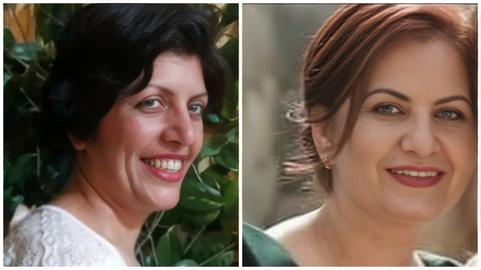

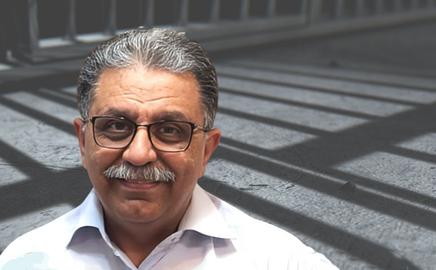
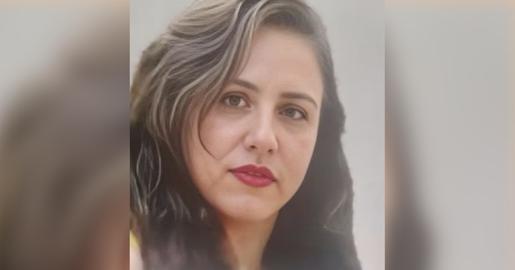
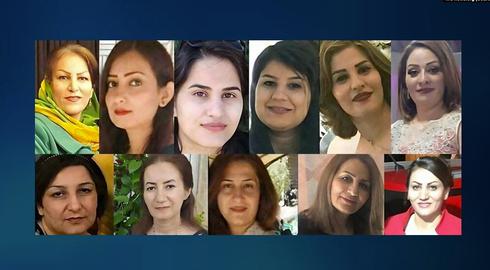
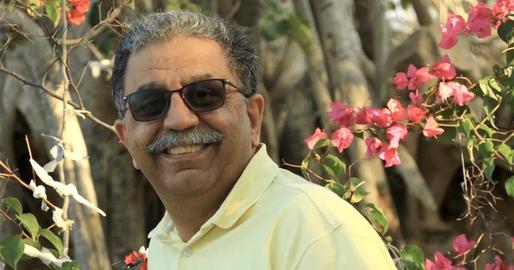



comments